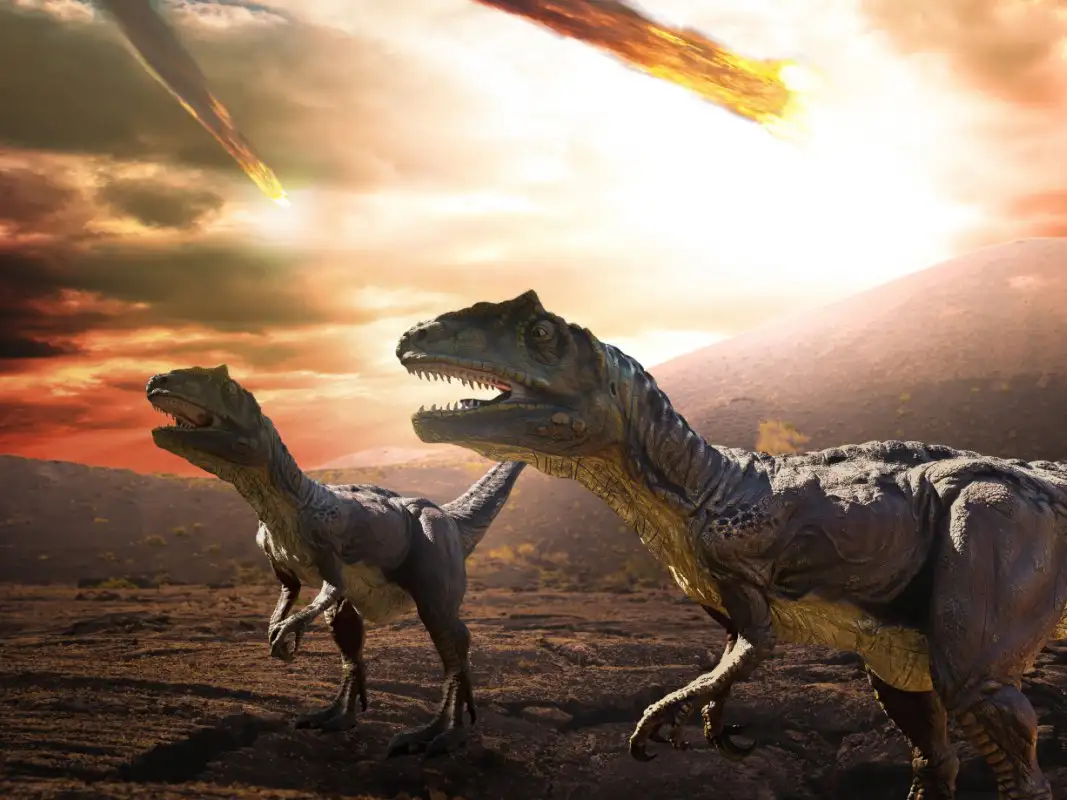Brighter Side of News
4w
151

Image Credit: Brighter Side of News
New study reveals the devastating force that drove dinosaurs to extinction
- Scientists from Dartmouth University conducted a study to determine the cause of dinosaur extinction using advanced computing methods.
- The study, featured in Science, used a carbon-cycle model to analyze geological and climate data around the K-Pg event 66 million years ago.
- Machine learning was utilized to explore over 300,000 scenarios involving carbon dioxide levels, sulfur emissions, and biological activity.
- Deccan Traps volcanic eruptions are suggested as a significant factor leading to the mass extinctions, with or without the asteroid impact.
- The study indicates that volcanic gases from Deccan Traps could have triggered a global collapse without the need for an asteroid impact.
- The model discerned no significant increase in gas emissions during the Chicxulub impact, challenging previous theories.
- The study's findings suggest the abrupt decline in organic carbon in oceans, indicating substantial species loss during the extinction event.
- The innovative computational method used in the study provides a new angle on the dinosaur extinction debate and offers insights into Earth's history.
- Earth has experienced five mass extinctions, each reshaping life on the planet and allowing for the evolution of new species.
- This study's methodology, focusing on parallel inversion in earth sciences models, could revolutionize the way we understand past geological events.
Read Full Article
9 Likes
For uninterrupted reading, download the app